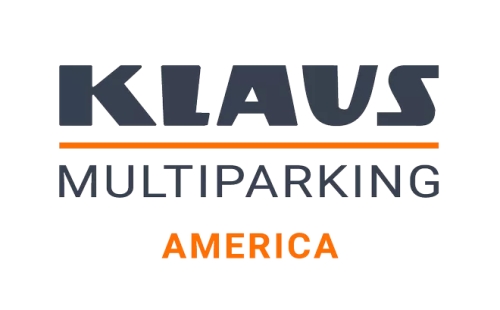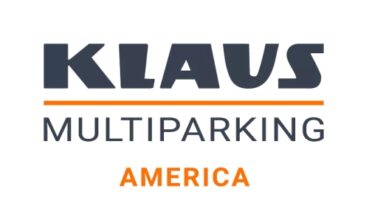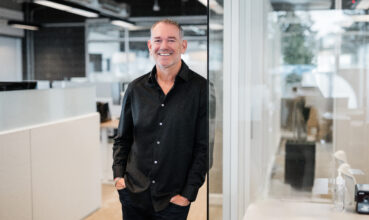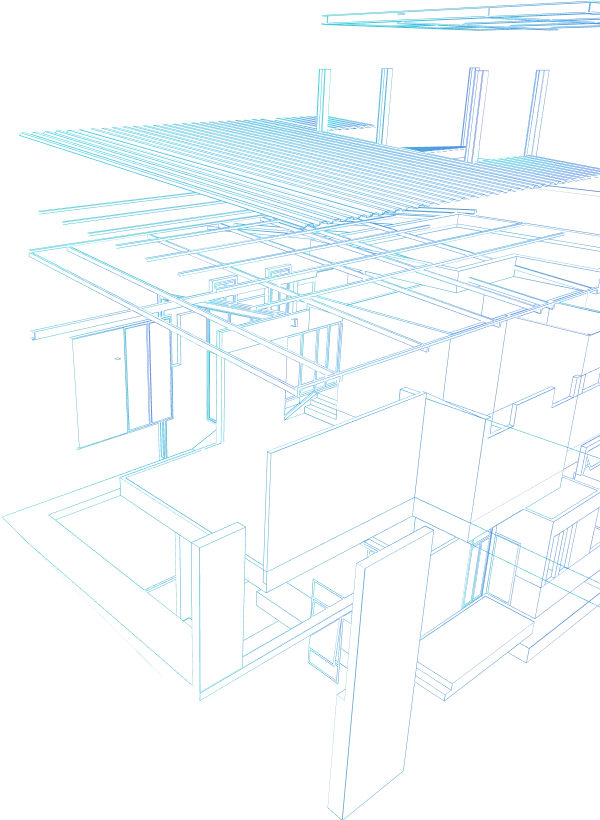“Sometimes, a simple design adjustment in the parking plan can make the difference between a stalled project and one that moves forward.” This insight from Christopher Tiessen, P...
Rethinking Parking: How Design Flexibility Is Saving Stalled Development Projects


“Sometimes, a simple design adjustment in the parking plan can make the difference between a stalled project and one that moves forward.”
This insight from Christopher Tiessen, President/CEO of KLAUS Multiparking America Inc., captures a reality that’s reshaping the development landscape across the United States. As headlines continue to chronicle delayed and canceled construction projects from coast to coast, smart developers are discovering that parking design—long treated as a fixed cost center—has emerged as one of their most powerful tools for maintaining project viability.
The Perfect Storm Hitting Development Projects
The numbers tell a sobering story. Today’s development climate is characterized by what industry professionals are calling a “perfect storm” of challenges that would have been unthinkable just a few years ago. Rising construction and financing costs are squeezing margins, while increasing land scarcity drives acquisition prices to unprecedented levels. Complex entitlement and approval processes stretch timelines, and the continuously shifting landscape of tariffs and import duties creates uncertainty in material pricing and long-term cost projections.
Add shifting market dynamics and heightened investor caution to this mix, and the result is clear: “Projects are being re-designed, delayed — and in some cases — canceled altogether,” according to Mr. Tiessen’s recent analysis of current market conditions.
For developers, these pressures are forcing difficult design decisions across every aspect of their projects. But parking, which can account for 20-30% of total construction costs in urban developments, has become one of the most challenging components to navigate.
The Strategic Shift: From Fixed Requirement to Design Tool
The conventional approach to parking has always been straightforward: determine the required number of spaces, design a structure to accommodate them, and build it. But as Mr. Tiessen points out, “many project teams are finding that flexible parking design can be a key factor in keeping projects feasible and moving forward.”
This represents a fundamental shift in thinking. Rather than viewing parking as a fixed requirement that drives up costs and consumes valuable real estate, forward-thinking developers are learning to leverage it as a strategic design tool that can actually enhance project economics.
Mr. Tiessen’s approach centers on “rethinking parking as a strategic design tool, not just a fixed requirement” through a comprehensive suite of solutions that includes stackers (both valet and self-park configurations), semi-automated puzzle systems, and fully automatic parking solutions.
Quantifiable Benefits in Today’s Market
The impact of flexible parking design extends far beyond simple space savings. According to KLAUS Multiparking America’s project experience, developers implementing these solutions are seeing measurable improvements across multiple key performance indicators:
- Site Efficiency and Revenue Optimization:
By “reducing excavation and structural costs through compact, space-efficient parking layouts” and “freeing up valuable land for additional units, rooms, amenities, or green space,” developers can maximize the revenue-generating potential of their sites. This is particularly crucial in high-land-cost markets where every square foot carries significant value.
- Streamlined Approval Processes:
The ability to “design flexible parking footprints that simplify approvals and fit tighter sites” can shave months off entitlement timelines—a critical advantage when carrying costs and market uncertainty make speed to market essential.
- Operational Flexibility:
Modern parking solutions provide “operational models that meet both owner and resident expectations” while “integrating EV readiness and long-term sustainability features” that future-proof developments against evolving regulatory requirements.
- Risk Mitigation:
Perhaps most importantly in today’s volatile environment, flexible parking systems help developers “control scope and reduce exposure to price fluctuations impacted by evolving tariff conditions.”
The Technology Behind the Strategy
The sophistication of today’s parking solutions allows developers to match technology to specific project needs and market conditions. As Mr. Tiessen explains, “With a full range of solutions, developers now have more tools than ever to preserve feasibility while still delivering high-performance, user-friendly parking.”
This menu of options enables developers to optimize for different priorities:
- Stackers for self-park and valet operations provide maximum density in constrained sites while maintaining user familiarity.
- Semi-automated puzzle systems offer middle-ground solutions that balance efficiency with operational simplicity and are an ideal self-park operation solution.
- Fully automatic parking solutions deliver the highest space efficiency and can serve as premium amenities in luxury developments.
Beyond Technology: A Design Philosophy
What sets successful implementations apart is recognizing that “this isn’t simply about adding technology — it’s about rethinking how parking integrates into the overall development model,” emphasizes Mr. Tiessen. The most effective projects treat parking systems as integral components of their value proposition rather than technological add-ons.
This philosophy becomes particularly important when projects face mid-stream challenges. As Mr. Tiessen notes, “this isn’t about adding complexity, it’s about smart design decisions that protect project feasibility and ROI in today’s challenging development environment.”
Real-World Application
Today’s challenging market forces developers to make tough decisions, it’s in these moments that the practical benefits truly stand out. A mixed-use project that’s over budget might preserve critical retail space by implementing a more efficient parking solution. A residential development facing entitlement challenges might use compact parking to reduce required variances. A hospitality project facing unexpected cost escalations may turn to parking systems as both a strategic cost-saving solution and a standout amenity.
In each case, the flexibility inherent in modern parking solutions provides options that simply didn’t exist under traditional parking garage approaches.
Looking Forward
As development challenges continue to evolve, the companies that thrive will be those that view every project component—including parking—through the lens of flexibility and strategic value. The traditional approach of building parking to meet minimum requirements is giving way to a more sophisticated understanding of how intelligent parking design can enhance overall project economics.
For developers currently navigating design revisions, cost challenges, or site limitations, Mr. Tiessen’s message is clear: “the solution may be simpler than expected.” Sometimes, the difference between a stalled project and a successful one comes down to reimagining the most fundamental aspects of the design.
KLAUS Multiparking America Inc. specializes in innovative parking solutions for developers. Their comprehensive approach includes consultation, preliminary studies, and early-stage design collaboration to optimize project feasibility. Learn more at us.multiparking.com.
Similar Articles
Explore similar articles from Our Team of Experts.




In the competitive world of real estate, the traditional brokerage model has remained largely unchanged for decades. That changed when Side entered the market. Founded in 2017 by a team incl...


In an industry facing unprecedented scrutiny and change, OB Jacobi, President of Windermere, stands as a vocal advocate for transparency and consumer protection. As president of a family-own...


As mortgage qualification standards continue to tighten – with minimum credit score requirements jumping from 650 to 670 in recent months among major lenders – one company is add...


Home values in Stamford, Connecticut, have climbed sharply in recent years, reshaping the market for both buyers and sellers. Properties that once sold for under $700,000 are now approaching...




